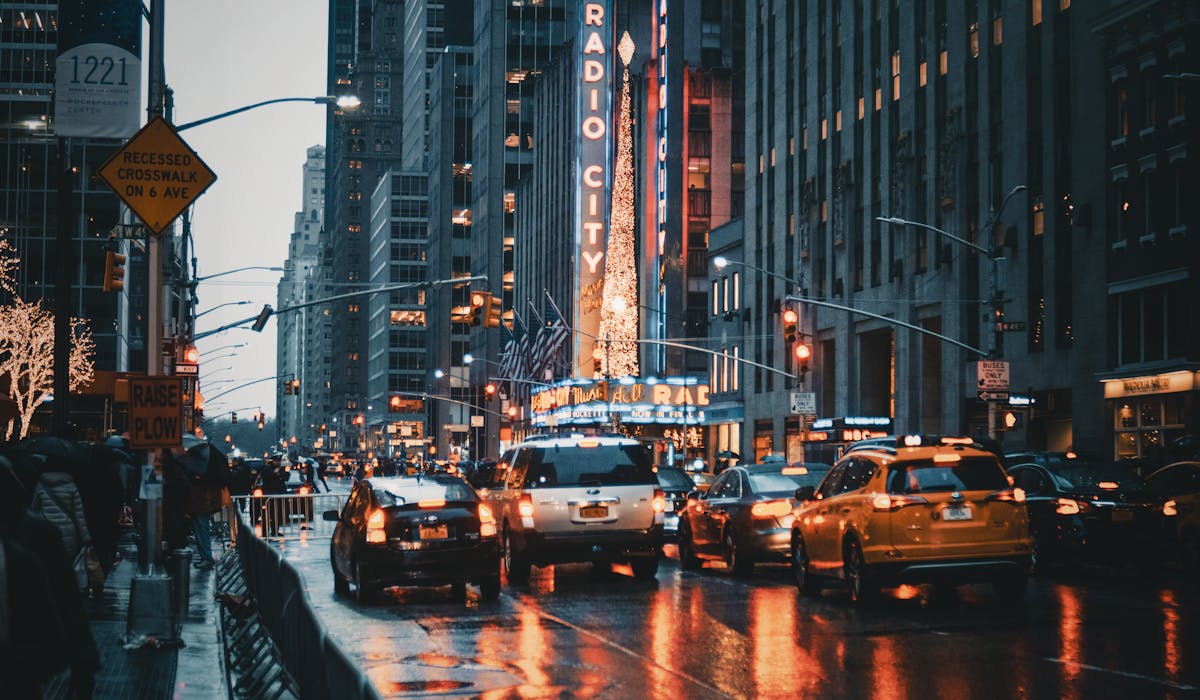The Single Strategy To Use For Framing Streets
Wiki Article
Framing Streets - Truths
Table of ContentsThe Ultimate Guide To Framing StreetsThe Facts About Framing Streets RevealedFraming Streets for DummiesFascination About Framing StreetsIndicators on Framing Streets You Should KnowA Biased View of Framing Streets
Photography style "Crufts Canine Show 1968" by Tony Ray-Jones Road digital photography (additionally sometimes called candid photography) is photography conducted for art or questions that includes unmediated possibility encounters and random events within public locations, normally with the goal of capturing images at a definitive or emotional moment by cautious framework and timing. 
More About Framing Streets
Susan Sontag, 1977 Road photography can concentrate on individuals and their behavior in public. In this respect, the road photographer is comparable to social docudrama digital photographers or photojournalists who additionally operate in public areas, however with the goal of catching newsworthy events. Any of these professional photographers' pictures might catch individuals and property noticeable within or from public places, which frequently requires navigating honest issues and laws of personal privacy, protection, and residential property.Representations of daily public life create a style in almost every period of globe art, starting in the pre-historic, Sumerian, Egyptian and early Buddhist art periods. Art taking care of the life of the street, whether within views of cityscapes, or as the dominant motif, appears in the West in the canon of the North Renaissance, Baroque, Rococo, of Romanticism, Realistic look, Impressionism and Post-Impressionism.
The smart Trick of Framing Streets That Nobody is Talking About
Louis Daguerre: "Blvd du Holy place" (1838 or 1839) In 1838 or 1839 the very first photo of figures in the road was videotaped by Louis-Jacques-Mand Daguerre in one of a set of daguerreotype views drawn from his workshop window of the Boulevard du Holy place in Paris. The 2nd, made at the height of the day, reveals an uninhabited stretch of street, while the other was taken at concerning 8:00 am, and as Beaumont Newhall records, "The Boulevard, so continuously filled up with a moving throng of pedestrians and carriages was flawlessly solitary, other than an individual who was having his boots combed.As a result his boots and legs were well specified, however he is without body or head, due to the fact that these remained in activity." Charles Ngre, waterseller Charles Ngre. https://filesharingtalk.com/members/590940-framingstreets1 was the first photographer to obtain the technological refinement required to sign up individuals in movement on the road in Paris in 1851. Professional Photographer John Thomson, a Scotsman working with journalist and social protestor Adolphe Smith, released Road Life in London in twelve regular monthly installations starting in February 1877
Facts About Framing Streets Uncovered
Eugene Atget is considered a progenitor, not since he was the very first of his kind, yet as an outcome of the popularisation in the late 1920s of his document of Parisian roads by Berenice Abbott, that was motivated to undertake a similar documentation of New york city City. [] As the city developed, Atget assisted to advertise Parisian streets as a worthy topic for photography.
All about Framing Streets
Martin is the first videotaped photographer to do so visit the site in London with a masked video camera. Mass-Observation was a social study organisation established in 1937 which intended to record daily life in Britain and to record the responses of the 'man-in-the-street' to King Edward VIII's abdication in 1936 to marry separation Wallis Simpson, and the succession of George VI. Between 1946 and 1957 Le Groupe des XV each year displayed job of this kind. Andre Kertesz. Circus, Budapest, 19 May 1920 Road photography created the major material of two events at the Museum of Modern Art (Mo, MA) in New york city curated by Edward Steichen, 5 French Professional Photographers: Brassai; Cartier-Bresson, Doisneau, Ronis, Izis in 1951 to 1952, and Post-war European Digital Photography in 1953, which exported the concept of street photography worldwide.
Framing Streets - Questions
, after that an educator of young youngsters, connected with Evans in 193839.'s 1958 book,, was considerable; raw and frequently out of emphasis, Frank's pictures questioned conventional digital photography of the time, "tested all the formal guidelines laid down by Henri Cartier-Bresson and Pedestrian Evans" and "flew in the face of the wholesome pictorialism and wholehearted photojournalism of American publications like LIFE and Time".Report this wiki page